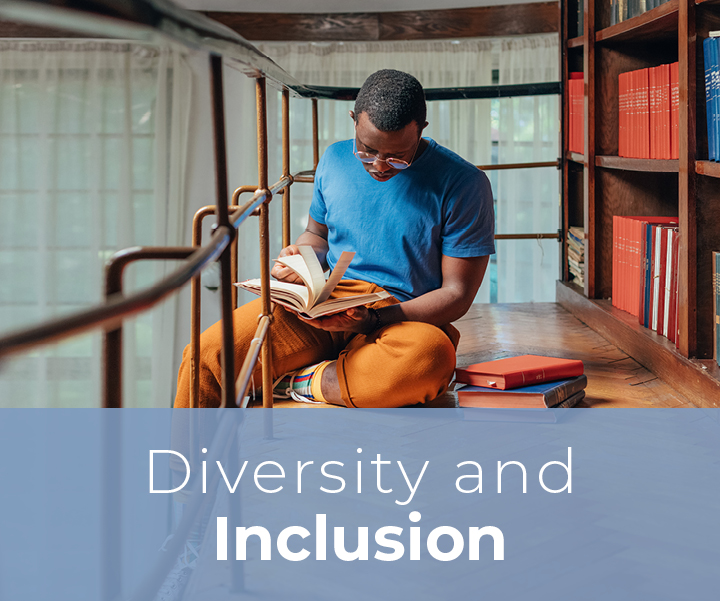
Predictors of Bar Passage
Connecting Prospective Law Students’ Goals to the Competencies that Clients and Legal Employers Need to Achieve More Competent Graduates and Stronger Applicant Pools and Employment Outcomes
Abstract
In changing markets for clients and legal employers, law schools that most effectively connect the goals of prospective and enrolled law students to the competencies that clients and legal employers need will be successful. Over time, a school that creates this type of effective bridge will benefit from a reputation both among legal employers and clients for educating highly effective graduates and among prospective students for helping them achieve their goals. All stakeholders benefit, but for faculty, stronger applicant pools and strong post-graduation employment outcomes in particular contribute greatly to the quality of the students and the school’s ranking and financial stability.
This article is the first to help faculty and staff make use of new data on the goals of undergraduate students considering law school and enrolled law student, the competencies that clients and legal employers want, and the learning outcomes that the law schools are adopting to design a more effective curriculum to help all the stakeholders to reach their goals. The article in Section II analyzes the growing empirical evidence on prospective law student and enrolled law student goals; in Section III, the article analyzes data on the competencies that legal employers and clients need, and in Section IV, the article examines the learning outcomes that the law schools are adopting as the schools move toward competency-based education required by the 2014 ABA accreditation changes.



